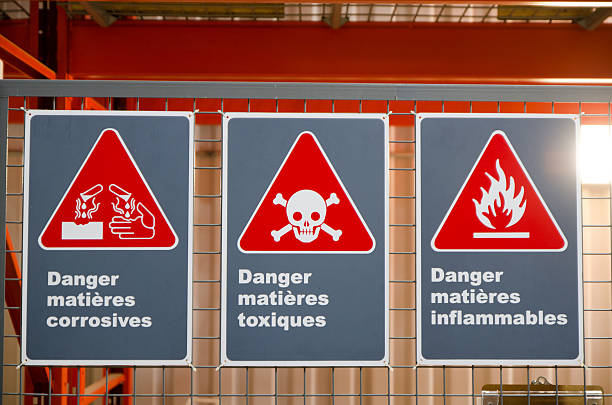Trans-1,2-Dichloroethene

Parameter Type: Drinking Water Testing for Volatiles
Parameter Name: Trans-1,2-Dichloroethene
What it is and Where it Comes From:
Trans-1,2-dichloroethylene is a colorless liquid, with a sharp, harsh odor, and is highly flammable. The primary uses for trans-1,2-dichloroethylene are as a solvent in processing and in formulations for cleaning and degreasing. Trans-1,2-Dichloroethene evaporates rapidly. Trans-1,2-Dichloroethene that is below soil surfaces in landfills or hazardous waste sites may dissolve in water, seep deeper into the soil, and possibly contaminate groundwater. Some trans-1,2-dichloroethene may escape as a vapor. Once in groundwater, it takes about 13-48 weeks for half of a given amount to break down (half-life in water). There is a slight chance that small amounts of the trans-1,2-dichloroethene found in landfills will eventually break down into vinyl chloride, which is believed to be a more hazardous chemical. Drinking water testing gives you several benefits like peace of mind, identifying contaminants in your water, and insight into health concerns. Safe Home offers Laboratory drinking water testing kits for Trans-1,2-Dichloroethene, allowing you to collect your water sample and ship it directly to our EPA-Certified Laboratory. This platform of drinking water testing for Trans-1,2-Dichloroethene will give you an accurate level based on the lowest level of a parameter our instruments can detect (Method Detection Level). Safe Home drinking water testing for volatiles can be used for city and well water supplies. Drinking water testing should be done any time you notice a significant change in your water quality.
Health Effects:
Animals given extremely high doses of trans-1,2-dichloroethene by mouth died. Lower oral doses of trans-1,2-dichloroethene harmed the liver. Exposure to trans-1,2DCE lowered red blood cell counts. The effects of long-term exposure to low levels of trans-1,2-DCE in humans is not known. An animal study suggests that it may cause slower growth in an exposed fetus. No studies have been done to determine if trans-1,2-DCE causes cancer in people or animals.
Solutions to Contaminant Levels:
Once I have performed a drinking water testing, what is my next step? A filter with granular activated carbon (GAC) is a proven option to remove certain chemicals, particularly organic chemicals, from water. GAC filters also can be used to remove chemicals that give objectionable odors or tastes to water such as hydrogen sulfide (rotten eggs odor) or chlorine. Who do I need to contact to find out more information about water quality in my area? Every community water supplier must provide an annual report to its customers, known as a Consumer Confidence Report (CCR). The report provides information on your local drinking water quality, including the water’s source, contaminants found in the water, and how consumers can get involved in protecting drinking water. How often does the local public water system preform drinking water testing? Frequency of drinking water testing depends on the number of people served, the type of water source, and types of contaminants. Certain contaminants are tested more frequently than others, as established by the Safe Drinking Water Act. You can find out about levels of regulated contaminants in your treated water for the previous calendar year in your annual Consumer Confidence Report (CCR).


